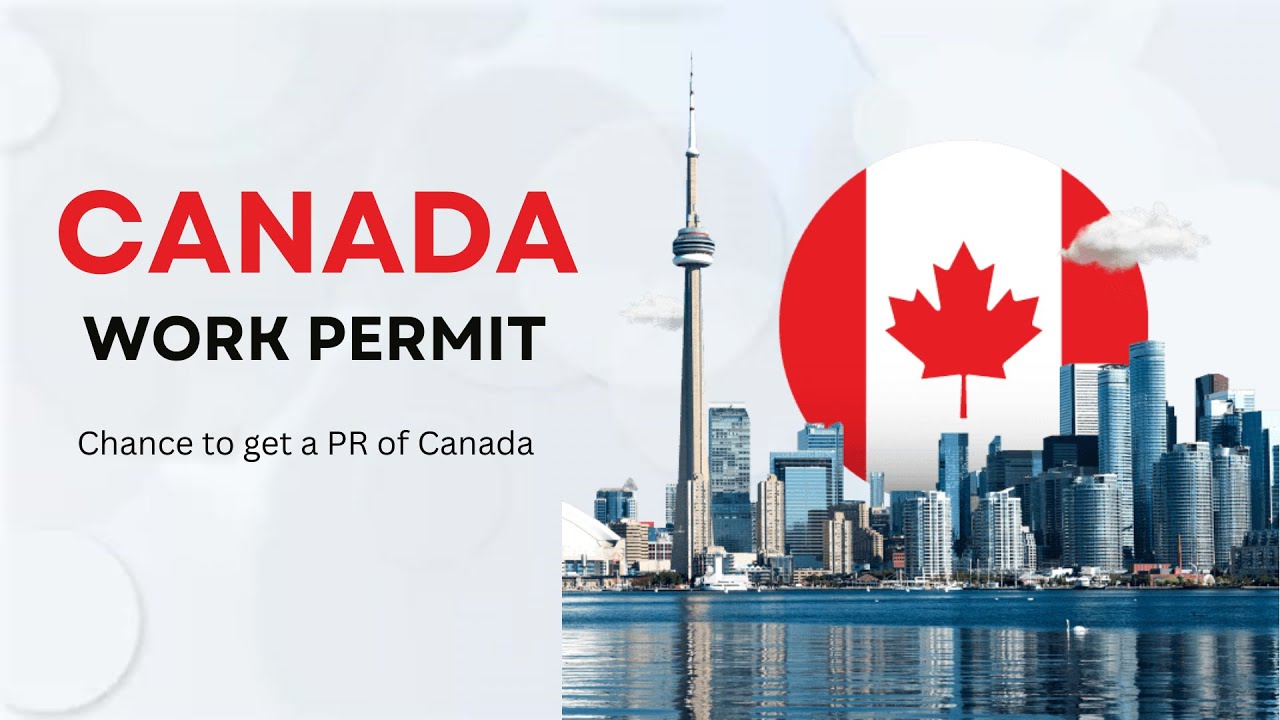Navigating the UK Work Permit Process – A Comprehensive Guide – The United Kingdom has long been a destination for professionals seeking opportunities in various sectors such as finance, technology, healthcare, and more.
Securing a work permit is a crucial step for non-UK nationals to legally work in the UK. This article delves into the different types of work permits available, the application process, eligibility criteria, and tips for a successful application.
Understanding the UK Work Permit System
The UK work permit system is designed to regulate the employment of foreign nationals and ensure that the local labor market is not adversely affected.
The system is primarily governed by the Points-Based Immigration System, introduced in 2008, which categorizes work permits into different tiers based on the nature and skill level of the job.
Types of Work Permits
1. Tier 1 (Exceptional Talent) Visa
The Tier 1 visa is for highly skilled individuals in fields such as science, engineering, humanities, medicine, digital technology, and the arts. This visa is designed for those who are recognized as leaders or potential leaders in their respective fields.
Eligibility Criteria:
- Endorsement from a designated competent body.
- Proven track record of significant achievements in your field.
- Intention to work in your endorsed field in the UK.
2. Tier 2 (General) Visa
The Tier 2 General visa is the most common work permit for skilled workers with a job offer from a UK employer. This category is for roles that cannot be filled by the local workforce and typically requires the employer to be a licensed sponsor.
Eligibility Criteria:
- A valid job offer from a licensed sponsor.
- A Certificate of Sponsorship (CoS) from your employer.
- Proficiency in English.
- Proof of sufficient funds to support yourself in the UK.
3. Tier 2 (Intra-Company Transfer) Visa
This visa is for employees of multinational companies who are being transferred to a UK branch of their organization. There are sub-categories for long-term staff, short-term staff, graduate trainees, and skills transfer.
Eligibility Criteria:
- A Certificate of Sponsorship from your employer.
- Employment with the same organization overseas.
- The role must meet the minimum salary requirement.
4. Tier 5 (Temporary Worker) Visa
The Tier 5 visa is for temporary workers coming to the UK for a short period for specific types of work, including creative and sporting roles, charity work, religious work, government authorized exchange, and international agreement.
Eligibility Criteria:
- A Certificate of Sponsorship from a licensed sponsor.
- Meet the specific requirements of the sub-category you are applying under.
Application Process
The application process for a UK work permit involves several steps, which vary slightly depending on the type of visa you are applying for. Below is a general overview of the process.
Step 1: Determine the Appropriate Visa Type
The first step is to determine which type of visa best suits your qualifications and job offer. This requires understanding the specific requirements and eligibility criteria for each visa category.
Step 2: Secure a Job Offer and Sponsorship
For most work visas, particularly Tier 2 and Tier 5, you need a job offer from a UK employer who holds a valid sponsorship license. The employer must provide you with a Certificate of Sponsorship (CoS), which is a unique reference number required for your visa application.
Step 3: Prepare Your Documentation
Gather all necessary documentation, which typically includes:
- A valid passport.
- Certificate of Sponsorship.
- Proof of English language proficiency.
- Proof of maintenance funds.
- Tuberculosis test results (if applicable).
- Criminal record certificate (if required).
Step 4: Submit the Online Application
Submit your visa application online through the UK Visas and Immigration website. You will need to create an account, fill out the application form, upload the required documents, and pay the application fee.
Step 5: Biometrics and Interview
After submitting your online application, you will need to book an appointment at a visa application center to provide your biometric information (fingerprints and photograph). In some cases, you may also be required to attend an interview.
Step 6: Wait for a Decision
The processing time for work visas can vary, but you can generally expect a decision within a few weeks. During this period, your application will be reviewed, and additional information may be requested.
Step 7: Receive Your Visa
If your application is approved, you will receive your visa vignette (a sticker in your passport) which allows you to travel to the UK. Upon arrival, you must collect your Biometric Residence Permit (BRP) within 10 days.
Tips for a Successful Application
1. Ensure Accuracy and Consistency
Ensure that all information provided in your application is accurate and consistent across all documents. Discrepancies can lead to delays or rejections.
2. Prepare Thoroughly for the English Test
If required, prepare thoroughly for the English language test. Achieving the necessary score is crucial for your application.
3. Maintain Sufficient Funds
Make sure you have the required maintenance funds in your bank account for at least 28 consecutive days prior to your application.
4. Understand the Role of Your Sponsor
Your sponsor plays a critical role in your application. Ensure they understand their responsibilities and provide all necessary information promptly.
5. Seek Professional Advice
Consider seeking advice from immigration lawyers or consultants who specialize in UK work visas. They can provide valuable guidance and help avoid common pitfalls.
Changes and Updates in UK Immigration Policy
UK immigration policies are subject to change, and it is important to stay informed about any updates that may affect your application. For instance, the introduction of the Points-Based Immigration System in 2021 brought significant changes, including the Skilled Worker visa which replaced the Tier 2 (General) visa.
The new system applies to both EU and non-EU citizens post-Brexit, aiming to attract skilled workers from around the world. Key features include:
- No cap on the number of skilled workers.
- Lower salary threshold compared to the previous system.
- Points awarded for job offer, salary level, English proficiency, and qualifications.
Conclusion
Securing a UK work permit involves navigating a complex process that requires careful planning and attention to detail. Understanding the different types of work permits, meeting the eligibility criteria, and following the application process diligently are key to a successful application.
By staying informed about policy changes and seeking professional advice when needed, you can enhance your chances of obtaining a UK work permit and embarking on a rewarding career in the United Kingdom. “Navigating the UK Work Permit Process – A Comprehensive Guide”










